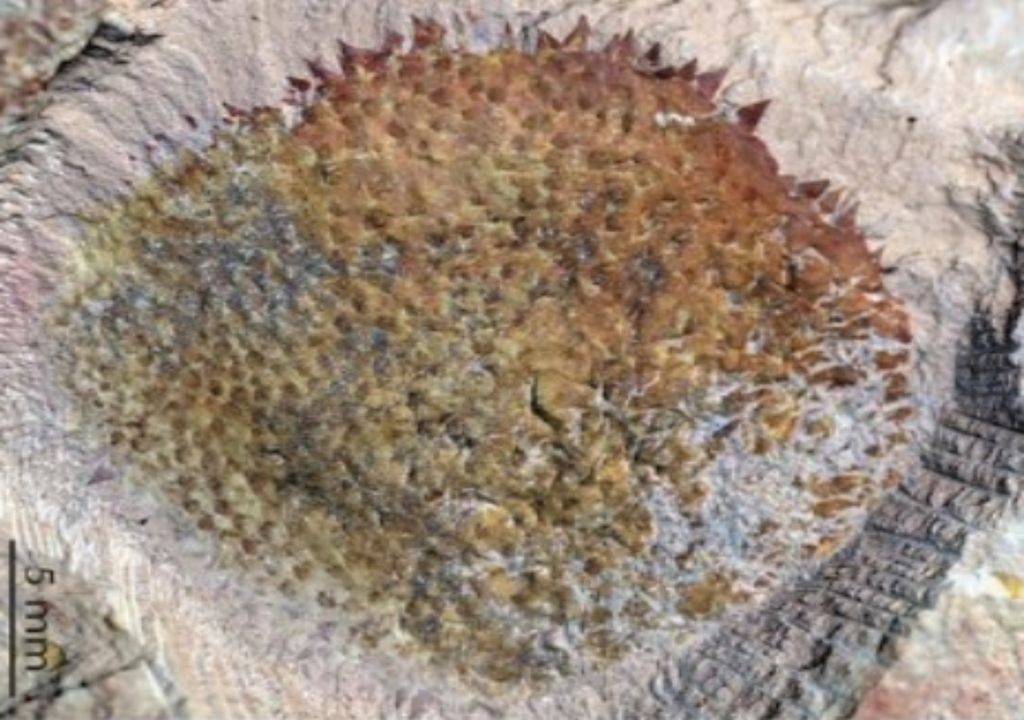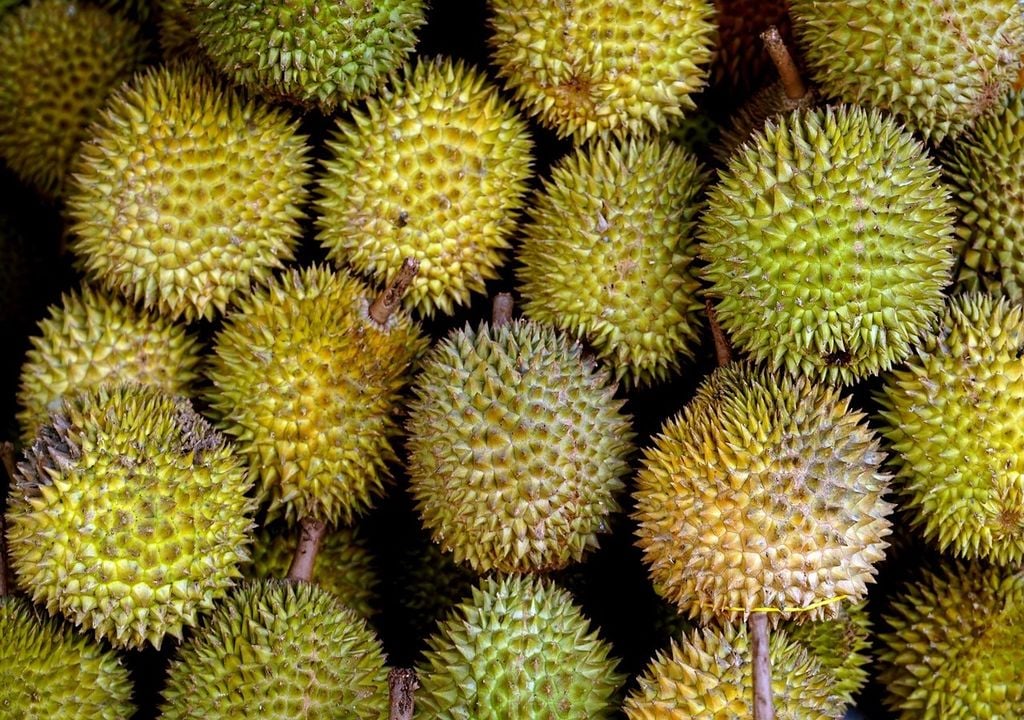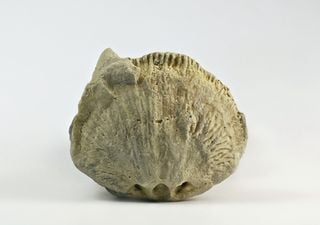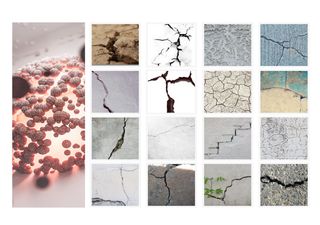Newly found fossil is spiny like a durian fruit, but is it an animal?
A newly found soft-bodied fossil from the Early Cambrian Period reveals new insight into the origin of skeletons of molluscs all while looking like a durian fruit.

The early evolution of molluscs is highly debated, but a new 514-million-year-old fossil from the Early Cambrian period provides a crucial insight into the subject. The discovery has been reported in the journal, Science, and the fossil is shell-less, spiny and soft-bodied and has been named Shishania aculeata.
The researchers suggest that the fossil is a stem mollusc, representing an intermediate between early members from the superphylum group called lophotrochozoans and more highly derived crown molluscs.

Molluscs are one of the most diverse groups of organisms on planet Earth, including familiar forms such as clams, octopuses and snails as well as lesser-known creatures such as aculiferans with complex multicomponent skeletons. Even though they are so diverse, little understanding is known of ancestral mollusc traits because of limited views provided by living species and existing fossil records.
New fossil will help fill gaps within the understanding of mollusc evolution
Early fossils from the Cambrian Period have provided some insight into these traits, as few stem lineages and taxa have been described from this time, leaving gaps within the understanding of molluscan evolution. Guangxu Zhang and colleagues have described Shishania aculeata, listing characteristics such as a broad foot (a trait characteristic of molluscs), mantle cavity and a back covered in hollow sclerites (small buildups of calcium carbonate) with chitin (a structural element found in arthropod skeletons), making it look like a durian fruit rather than an animal.
Modern aculiferian molluscs display biomineralised sclerites, whereas Shishania aculeata has non-mineralised sclerites, which suggests that it sits outside the molluscan crown group. Electron microscopy images have shown that the sclerites have a hollow, narrow (less than 0.01 millimeter in diameter), tubular microstructure, similar to the bristles of an annelid worm or brachiopod.
These findings help to shed light on the evolution of molluscs and the evolutionary transition from a simple chitinous bristle structure to a more complex biomineralised skeletal form within the mollusc family. This discovery also reinforces a common origin of lophotrochozoan chaetae and the biomineralized aculiferan sclerites and suggests that the mollusc ancestor would have been densely covered with hollow chitinous chaetae (chitinous bristle).
Source of the news:
Zhang, G., Parry, L.A., Jakob Vinther and Ma, X. (2024). A Cambrian spiny stem mollusk and the deep homology of lophotrochozoan scleritomes. Science, 385(6708), pp.528–532. DOI: https://doi.org/10.1126/science.ado0059








